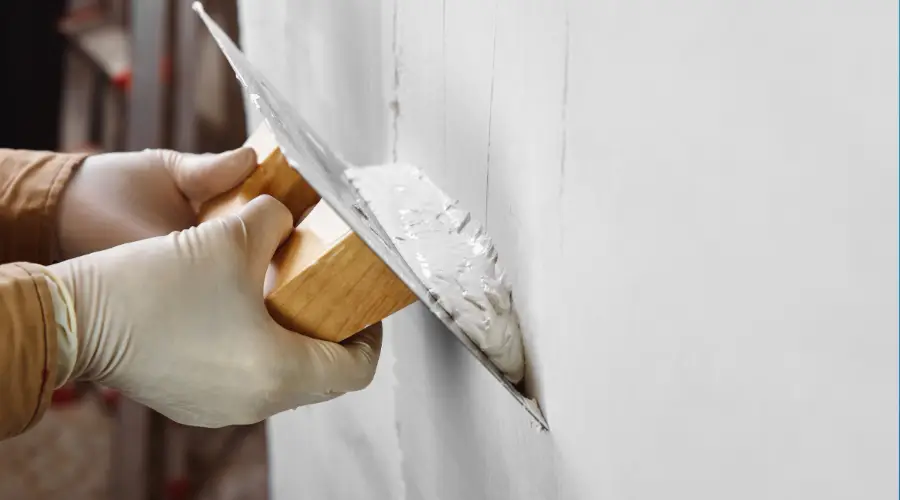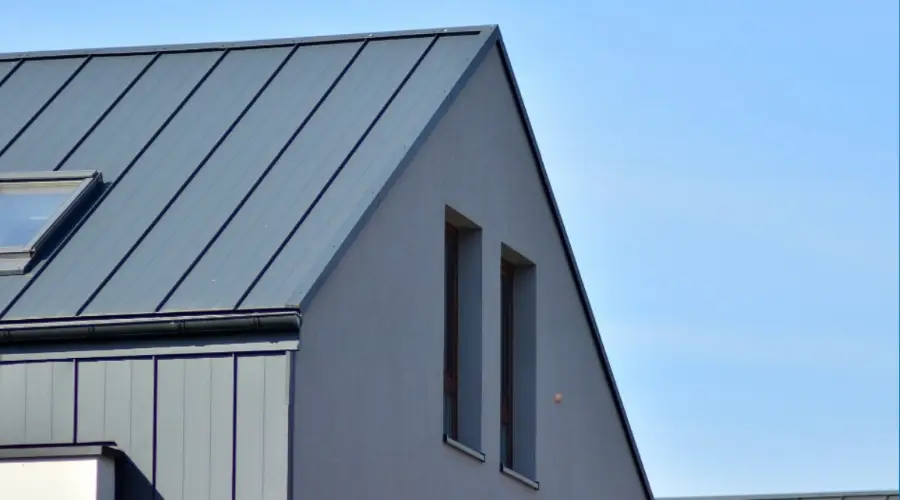Innovative products are evolving regularly to adapt with the demand for fast-moving modern technologies in the construction industry. Cement is an inseparable component of building materials that plays a significant part in building construction. One of the most significant growths in the modern construction industry is that of microfiber cement. Read on to learn all about this innovative material.
What is Microfiber Cement?
Fine synthetic fibers, typically polyester, are combined with cement to create microfiber cement. These fibers contribute to preventing external factors from causing wear, shrinkage and breakage. It is appropriate for areas that are subject to large temperature swings or seismic activity because of its synthetic fibers, which increase strength and lower the chance of breaking under stress. Furthermore, it provides improved corrosion and moisture resistance, guaranteeing structural stability even in moist or coastal situations.
Manufacturing of Microfiber cement
Individual ingredients, including fly ash, gypsum, and clinker, are fed into the ball mill independently during the manufacturing process, guaranteeing excellent efficiency and consistency in the finished product. Superior quality and performance are ensured by using high-quality clinker with a composition of 48–52% C3S (tricalcium silicate) and low CA (aluminate) content. To further improve the overall quality and performance of the cement, electrostatically precipitated dry fly ash from certain sources that adhere to stringent quality criteria is added.
The improved performance and longevity of the cement are ensured by a special microfiber dosing system that blends the microfibers at the appropriate amount and is supported by substantial research. The necessary particle size distribution is attained by means of an effective air separator, guaranteeing the densest “sand-cement” matrix and enhancing its strength and functionality.
Properties of Microfiber Cement
The properties of microfiber cement are as follows:
Enhanced Durability:
It is highly resistant to wear and tear, with microfibers helping to evenly distribute stress and prevent cracks and fissures from forming.
Weather and Seismic Resistance:
It demonstrates exceptional steadiness in resisting physical damage and deterioration and also maintaining its integrity over time. This microfiber cement is suitable for regions which experience extreme temperature changes.
Stops Cracking and Enhances the Life Span of a Structure:
Plastic shrinkage fractures may show up a few hours after concrete is poured in many cases. Concrete is treated with microfibers to prolong the life of the construction and maintain its aesthetic appeal. By evenly dispersing the tensile stress across the cement matrix, it stops cracks from occurring.
Corrosion Resistance:
Microfiber cement’s plastic fibres create a barrier that keeps away moisture, a major cause of corrosion. This improves structural stability, especially in areas with high humidity or precipitation. It reduces rust, extending the life of reinforced components even in hostile situations. Therefore, microfiber cement is ideal for coastal areas, where exposure to salt often accelerates the degradation of traditional materials.
Longevity:
By providing long-term structural stability and lowering the need for maintenance and repairs, microfiber cement extends the life of buildings.
Applications of Microfiber Cement
Microfiber cement can be used for various applications in the construction industry, such as:
- The Purpose of Microfiber in Laying the Foundation for a New Building
The function of the foundation is to support the overall weight of superstructures and distribute this weight evenly to the ground. By adding microfibers to cement, the stability of the base of the structure is increased. The stronger the base, the more sturdy the building would be. Microfiber cement has the unique property of resisting high temperatures, making it suitable for regions experiencing frequent temperature changes. Its corrosion resistance feature also supports structures that are built in areas that are moderately wet or have extreme moisture content in the soil.
- Microfiber in Plastering Walls

Plastering is done to provide smooth and level finishing to walls. This can be enhanced by adding microfiber cement. Its resistance to shrinkage and moisture penetration property helps to maintain the durability of the structure by avoiding external damage to the structures.
- Casting a Roof with Microfiber

As it resists the penetration of water and excessive heat into the structure, it is considered the most suitable roofing material. The life span of the roof can be increased as it can withstand harsh weather conditions.
- Widely Used in Infrastructure Projects and Seismic Zones
Structures that can be built for public use like roadways, bridges, tunnels, etc., may use microfibers to ensure long-term stability and to resist external overload stresses. As it has the property of resisting heavy environmental stresses, it is also suitable for seismic zones and infrastructure projects.
Benefits of Using Microfiber Cement
Microfibers offer several advantages, making them a preferred choice for various construction applications as follows:
- Superior Longevity
Microfiber cement is so resilient to deterioration that it requires fewer repairs and upkeep over time. It prolongs the life of structures by withstanding environmental stresses like dampness, temperature changes, and heavy loads.
- Protection Against Corrosion
In damp locations or coastal regions, where traditional materials may deteriorate more quickly, microfiber cement is perfect because its synthetic fibers help prevent moisture infiltration, which is a major cause of corrosion.
- Better Crack Resistance
By better distributing the tension throughout the cement mixture, the fibers stop cracks from forming as the mixture cures. As a result, the structure becomes more solid and has improved functional and aesthetic features.
- Boosted Structural Integrity
The fibers strengthen the cement’s structural integrity by acting as reinforcement. This is especially helpful in places where there is a lot of wind or earthquake activity.
- Reduced Maintenance Expenses
Over time, microfiber cement can result in significant savings by lowering long-term maintenance expenses by decreasing the chance of deterioration, corrosion, and cracks.
- Wide-Ranging Applications
Microfiber cement provides versatility for a variety of construction projects, from residential buildings to commercial complexes, and even for plastering walls and roofing.
- Sustainability
Microfiber cement lasts longer and requires fewer repairs; it is a more environmentally friendly choice because it lessens the overall impact of the building and demolition waste on the environment.
Conclusion
Microfiber cement’s remarkable toughness and long lifespan have revolutionised the construction sector. This cutting-edge material is a popular option for builders and homeowners alike since it guarantees durability and dependability. Think about using microfiber cement technology for your next project to get better results and a long-lasting structure that will stand the test of time.
FAQ’s
Among the many important benefits of microfibre cement are its exceptional strength, decreased water penetration, and many more. Additionally, it is a cement that resists cracking, which keeps iron rods from rusting.
Microfiber Technology is added to cement to increase its binding strength. Since the microfibers act as microscopic reinforcing agents, the cement may endure seepage, moisture, shrinkage, and thermal cracks for many years

